Meet Our Faculty
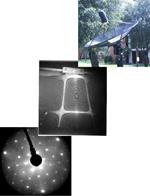
Contact Information:
Stetson University Physics Department, Unit 8267
Administrative Office: Brown Hall 104
Phone: 386-822-8910
Fax: 386-822-8872
E-Mail: [email protected]
Visit us on Stetson Physics Facebook page
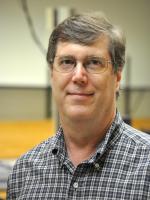
Kevin Riggs, PhD
Professor of Physics
Department Chair and Pre-Engineering Advisor
Office: 204 Sage Hall[email protected]
Riggs' professional interests are twofold and include the magnetic properties of thin films and also musical acoustics and vibrational holography. He keeps two research labs running as he follows these two paths.
Riggs teaches a course on acoustics for non-science majors: The Science of Music. For our majors, he teaches most of the advanced upper-division courses. He is also the advisor for all students interested in pursuing a career in engineering.
When he's not working on physics, Riggs can be found engulfed in current events on the web or playing his electric guitar or his banjo. Riggs also enjoys playing guitar in the faculty jazz band, Thin Film Magnetism.
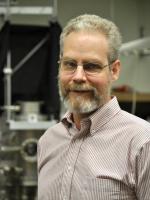
George Glander, PhD
Professor of Physics
Associate Dean of the College of Arts and Sciences
Office: 108 Sage Hall
[email protected]
Glander's professional interests lie in LEED (low energy electron diffraction) and is actively involved in cutting-edge research involving Kikuchi electron diffraction.
Glander teaches the introductory series, University Physics, for our majors (PHYS 141/142), and his favorite upper-division course is Thermophysics.
When he's not on campus, Dr Glander's favorite activity is working on improvements around his house, something which might be described as a practical application of the physics and engineering theories he teaches.
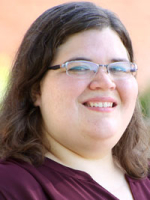
Holley Lynch, PhD
Associate Professor of Physics
Office: 209 Sage Hall
[email protected]
Holley Lynch received her PhD in Physics from Vanderbilt University and worked as a postdoctoral researcher in Bioengineering at the University of Pittsburgh. She enjoys teaching and researching the physics of tissue migration. She finds the mechanics of biological tissues particularly interesting because they are a unique material: not quite a solid or a liquid and self-propelled. In addition, determining the basic mechanics of tissue migration will help inform efforts to engineer organs and to create therapies that deter cancer metastasis. Lynch's research involves both "wet" work with cells and computational work to automate data analysis and compare experimental data with physical models. She looks forward to working with students interested in conducting research at the interfaces between biology and physics and between experiment and theory.
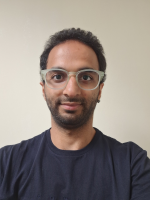
Sneh Modi, PhD
Visiting Assistant Professor of Physics
Office: 212 Sage Hall
[email protected]
I completed my PhD in theoretical particle physics at the University of Alberta. My thesis focused on the Higgs boson production via the two-gluon fusion channel (one of many production channels) at the LHC. My project was highly theoretical; when the results obtained by these calculations are combined with the computational calculations of the larger project, they provide a theoretical estimate that can be compared with the experimental data. Currently, I am taking a break from active research to concentrate on a career in teaching in higher education. Will I ever go back to research? Perhaps, only time will tell! For now, I am enjoying the new experience of leading a class and developing material with the help of senior faculty members. If anyone is interested in or curious about the theoretical side of physics, you are welcome to drop by my office for a chat. Outside of academia, you may find me cooking, exercising in some form, or catching up on movies.